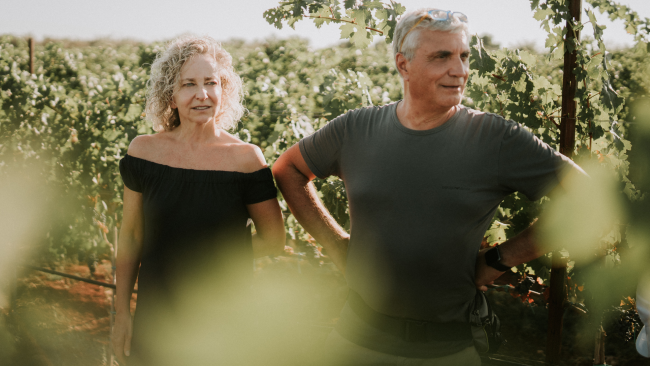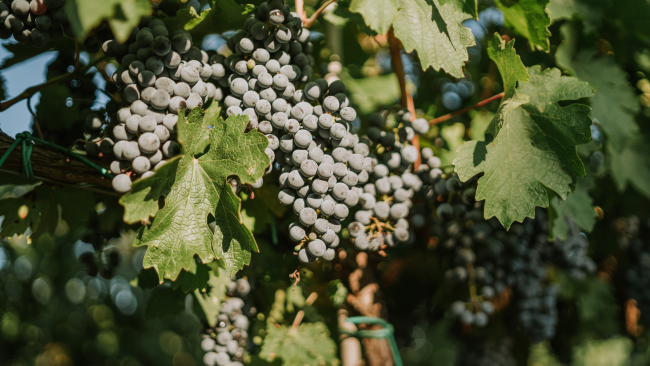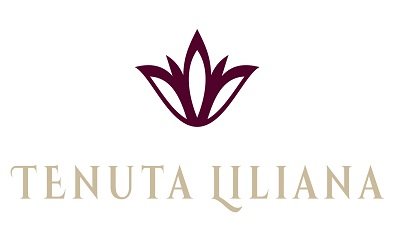Antonio and Liliana Intiglietta have focused on Cabernet Sauvignon for their estate in Salento. Supporting them in their project is estate director Andrea Fattizzo, an agronomist and oenologist, with advice from Carlo Ferrini. Erika Mantovan tells us about it.
Deep in the Salento region, an old house in Parabita, 12 kilometers from Gallipoli, was transformed into an estate in 2017, naming its wine after itself, as happens with Bordeaux’s Grand Cru Classé. Boldly, after extensive studies of the soils, Antonio Intiglietta has set his sights on Cabernet Sauvignon. The project, called Liliana Estate, is dedicated to his wife, an “Act of Love” or perhaps “Madness” that we can safely call an “Act for the Future”: a legacy for his three children and seven grandchildren, as well as for the territory. “We hope they will develop love for this land and for the project“, says Liliana Intiglietta.
The decision to embark on this adventure also stems from the desire to react to the scourge of olive trees caused by Xylella, feeling the duty to protect and build a future with the right tools: land and technology. A former tuff quarry, now converted into a high-tech wine cellar, has even been recovered.
The Birth of Cabernet Sauvignon Tenuta Liliana

The Salento Cabernet Sauvignon Igp 2022 Tenuta Liliana, with an average cost between wine shop and restaurant of €70, is the result of numerous experiments. Making it is the team chosen by Intiglietta, consisting of the French nurseryman Pier Marie Guillaume and oenologists Carlo Ferrini and Andrea Fattizzo. The team identified clones and plots suited to acclimatize in the sunny and windy climate of Salento. The French grape thus became an interpreter of a territory where an element of provocation was missing, brought forward with a project that saw the extension of the vineyards from 4 to 12 hectares, divided into five plots under organic regime.
The soils, distributed between Gallipoli and the hinterland, include different soils: red soil with stone and rock, and sand and silt soils. “In each of these plots we sought the voice of finesse rather than power, without forgetting to listen to their ancient and complex souls” says Ferrini. The goal is to expand the range and establish itself in these lands by focusing on quality and style. Future plans include two cru dedicated to new Cabernet and a white, planned for 2027, which will be aged in amphora for a total production of 70,000 bottles.
Goal: longevity

The Cabernet Sauvignon Tenuta Liliana aims for the longevity: analysis shows promising numbers, with 14.20 percent alcohol, 6.35 total acidity and a pH of 3.63. The vines, trained by spurred cordon with a density of 5,950 plants per hectare and a planting layout of 2.10 x 0.80 m, host selected clones of Cabernet Sauvignon (685, 169, 412) on R110, Gravesac and SO4 rootstocks. The production, which Aims for elegance rather than power, uses grapes from young plants (planted in 2018). For this debut, 20,000 bottles were produced.
On tasting, the wine shows promise, with a veil of earthiness typical of the early stage, which pairs well with fine dishes such as the pheasant and venison vadouvan terrine with supreme sauce, created by chef Antonio Guida at Ristorante Seta inside the Mandarin Hotel in Milan.





